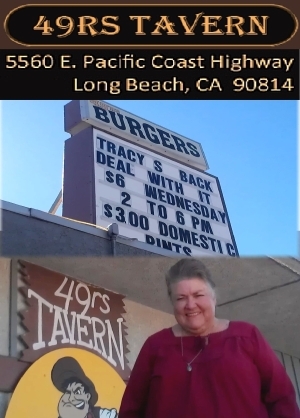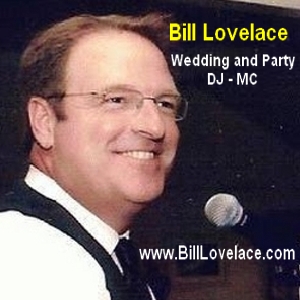[Scroll down for further]

| (Dec. 15, 2014, 8:15 p.m.) -- An item agendized by city management for the Dec. 16 City Council meeting seeks the Council's direction on how best to address erosion of LB's bluffs along Ocean Blvd. and specifically, whether to use biotechnical or sprayed concrete to complete a bluff "erosion and enhancement" project.
[Scroll down for further] |
 |
|
The issue arose after shoreline advocates Gordana Kajer and Joe Geever showed the Council and the public (April 2014) photographs of then-ongoing bluff work that used "shotcrete" (sprayed concrete) and urged the City to use alternatives including biotechnical methods. City staff said shotcrete was effective and economical and acknowledged that while shotcrete looked unappealing during the work, it was always planned to stain the sprayed concrete to resemble the bluffs' natural color and install landscaping. As indicated in an agendizing memo (full text at this link), city staff recommends resuming doing what it was doing before the Council suspended the bluff work to consider alternatives: staff advises the Council to resume using shotcrete + staining + landscaping + soil nails to the project's conclusion. As stated in the staff's memo, is recommendation is to "complete the Project in accordance with the original plans and specifications, especially considering that shotcrete and soil nails are fairly common bluff stabilization techniques used throughout urban areas." Ms. Kajer remains strongly opposed and, in a paid advocacy ad appearing on LBREPORT.com's front page and in the print edition of the Grunion Gazette, writes that biotechnical methods "allow the bluffs to provide habitat for rare plants and animals, beautify the beach for our enjoyment, and minimize natural erosion. The city's experts state in no uncertain terms: either of the biotechnical methods can safely stabilize Bluff Park." Ms. Kajer acknowledges that the biotechnical methods would cost more in Tidelands funds but argues that "civil engineering should not be bargain priced at the expense of our natural resources. Our expansive bluffs at Bluff Park are the face of our public beaches, a looming symbol for residents and tourists alike..."
City staff's memo describes the Council's options as follows: [City staff memo text] Option #1 - Complete Original Project
Tidelands funds are restricted for use on items within the shoreline/coastal area...and the Council is tapping them in large parts for a rebuild of the Belmont Plaza Pool and to repair seawalls protecting private homes along the Naples canals (in a project using the more costly and longer-term of two repair methods selected by the City Council in 2010.) LBREPORT.com will (as always) provide LIVE coverage of the Dec. 16 Council meeting on our front page: www.LBREPORT.com. . blog comments powered by Disqus Recommend LBREPORT.com to your Facebook friends:
Follow LBReport.com with:
Contact us: mail@LBReport.com |
      
 Hardwood Floor Specialists Call (562) 422-2800 or (714) 836-7050  |